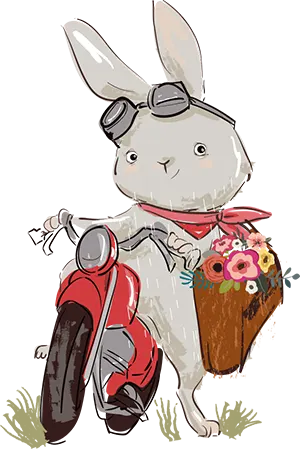5 Tips to Better Photos
The art of photography is full of complex variables like exposure, ISO, aperture, and shutter speed just to name a few. Our Pint Size Productions team, by no means pretends to know all of the answers, however we have seen millions of photos and consequently know little bit about what makes an interesting photograph. The following are 5 easy tips that we hope help you compose better photographs.
1) Have a clear subject matter
Simplify your photo by only including what is essential to your shot. If, for example, you are shooting at your child’s first birthday party we understand it is important to take photos of everything including chaotic scenes filled with 20 people and piles of wrapping paper. While this photo makes for great memories, it also might be the one that you should leave out of your book.
2) Fill Your Frame
Leading off the first tip, take your subject and completely fill your frame with it. Take an up close shot of your subject and it will not only be a much clearer photo but it will also be more interesting.
3) Cropping
Effective cropping can make any picture interesting. You can take an existing photo and crop it to make the viewer focus more on your subject, removing distractions that would otherwise be included in your photo. You can also create balance in the image through cropping. For example, you wanted to take a photo of your child and have them dead center in the image and for whatever reason, they are slightly off center. Cropping can fix this and put your child in the center again. The options are endless with cropping!
4) Rule of Thirds
Imagine that you have a Tic Tac Toe board placed on your subject matter and your trying to decide what will be the most interesting image to capture. According to this theory your points of interest should be placed near the intersections of the horizontal and vertical lines.
5) Odd vs. Even
When grouping items or people, odd numbers are visually more appealing, memorable and effective than even numbers. This theory states that when items are grouped in odd numbers, the image seems more natural than if the grouping consists of an even number of items. Groupings with even numbers create symmetry which is not always interesting to the human eye.





